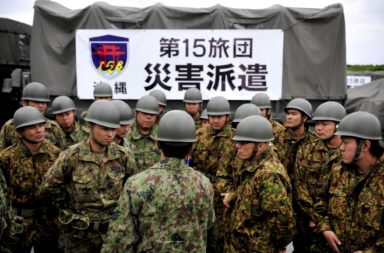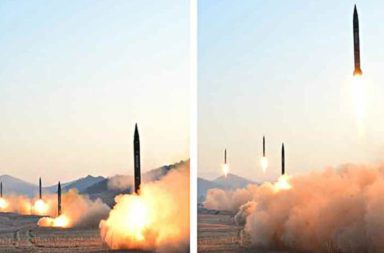Last Wednesday, Japan launched the ASTRO-H x-ray astronomy satellite via its
It is the largest rocket-launch complex in the country and the most beautiful of its kind in the world. It is located in the south of Kagoshima Prefecture, alongside the southeast coast of Tanegashima, with a total area of about 9,700,000 square meters.
The Yoshinobu Launch Complex. is part of the facilities available on sight. It is a launch site for large-size rockets, Spacecraft Test and Assembly Buildings, and the Spacecraft and Fairing Assembly Building. It consists of two launch-pads. Pad 1 was constructed in the early 1990s for the H-II and Pad 2 was built in the 2000s as a backup pad for the H-IIA. Here a series of operations are executed from assembling launch vehicles, maintenance, inspections, and final checks, loading satellites onto launch vehicles, launches, and tracking launch vehicles after the launch.
The telescope will primarily use X-ray images to study widely spoken of phenomena such as black holes and dark matter. It carries cryogenic imaging technology that has winged twice previously, but the missions were met with disasters.
An astrophysicist at the University of Tokyo and ASTRO-H’s project manager Tadayuki Takahashi said, “usually, international coalitions have clearly defined interfaces, with different laboratories providing remote modules of a spacecraft and its payload.”
The researchers have visited each other’s labs for months at a time during the course of the collaboration. “Tad understands that if you want to maximize the chances of success, you have to have no barriers,” Kelley said. “Everybody has access to everything” he added saying that they forged an open collaboration. This was the twelfth launch of 2016 worldwide, and the first for Japan.





